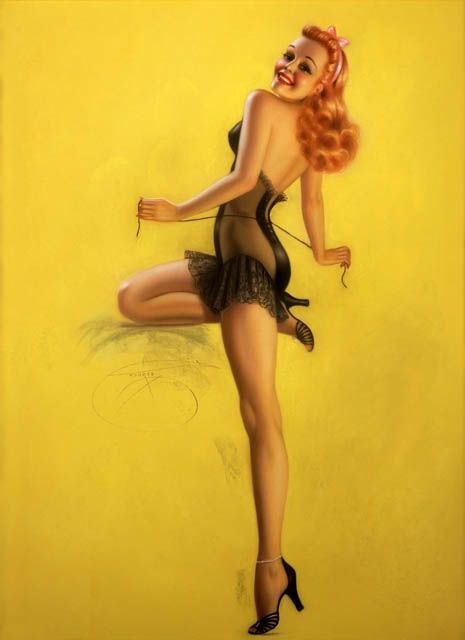Voices: A Cartoon's Character
When my daughters told me about a superhero named "Hot Girl," shrieks of maternal guilt sounded through the blare of my internal feminist alarm.
"Hot Girl? Are you sure that's her name?"
It was, they insisted.
I should have been paying closer attention to their television viewing, but a cartoon is a cartoon, I thoughtlessly assumed.
"What does she look like? Does she shoot fire or something? The next time this Hot Girl is on, you come and get Mommy," I requested.
A few days later, Justice League was on. They excitedly called me into the living room and I caught my first glimpse of the Superhero in question. She was cute, sure, but what was it that made her a "girl" instead of a "woman." Perhaps it was her "B" cup as opposed to Wonder Woman's overflowing bustier.
While en route to debunk one dangerous criminal or another, a young male superhero asked her suggestively, "So is there a Hot Boy?"
I had heard it for myself. Her name must be "Hot Girl."
It shouldn't have surprised me. We've got 11-year-olds prancing around with "hottie" stretched across their pre-pubescent chests. Should a superhero called Hot Girl be so far behind?
O.K. it's time to let the comic and animation experts off the hook - right now they're reading this column and screaming with laughter - Her name is HAWKgirl you idiot - HAWKgirl and she used to be the lesser companion of Hawkman back in the good old days when you didn't have to be PC to get a gig. You see the creator of the Justice League cartoon, Bruce Timm, felt that there needed to be another female character besides Wonder Woman and so they allowed Hawkgirl to represent the Hawk family of superheroes. Hawkgirl isn't new at all. She's been in comic books for years.
I know this, now, because I went to the Justice League website to find out just what the people who created this "Hot Girl" had to say for themselves.
"And she's cooler," producer and animator Bruce Timm purportedly about the show's "second most controversial" character.
Hawkgirl a.k.a. Shayera Hol is pretty cool. She has the power of flight, lethal hand-to-hand combat skills and the ability to communicate with birds. According to Justice League literature: "her powers of observation impress even Batman."
What I had known all along, but hadn't thought to worry about is that the majority of comics and even most animation traditionally have been created by men. It is their images of women and girls are gobbled up by little girls like my own who love the Powerpuff Girls and act out their exploits in odd costumes in the backyard, imagining that they too have the power "to save the world before bedtime."
Hawkgirl may have been chosen over Hawkman, but it is Superman who has been designated the "natural leader" of the Justice League. Not Wonder Woman. And even Wonder Woman, who views all men as inferior beings, makes an exception for Superman.
I should have thought twice about the animated images shaping my daughters' perception when I experienced HIM. Billed as the ultimate evil, the Powerpuff Girls villain is a Satan-inspired transvestite who sports a pink tutu and thigh-high boots. HIM speaks in a decidedly unnerving falsetto growl and HIM scared me. I was simultaneously fascinated and freaked out. How could something this deliciously subversive exist without outrage? Why wasn't Falwell warning parents about the dangers of HIM? Maybe I'm not the only one who hasn't been paying enough attention to cartoons.
Despite my initial alarm, the final conclusion is reassuring. It is inevitable that questionable characters will be created, but the negative gender stereotypes of the animated world are nothing compared to those that exist in reality. Hawkgirl kicks ass on the TV screen, but in the real world, it is my example that has the greatest influence on my daughters. Read it and weep Superman - when it comes to role models, I am "the natural leader."
-- alicia grega pikul, 11 July 2002

